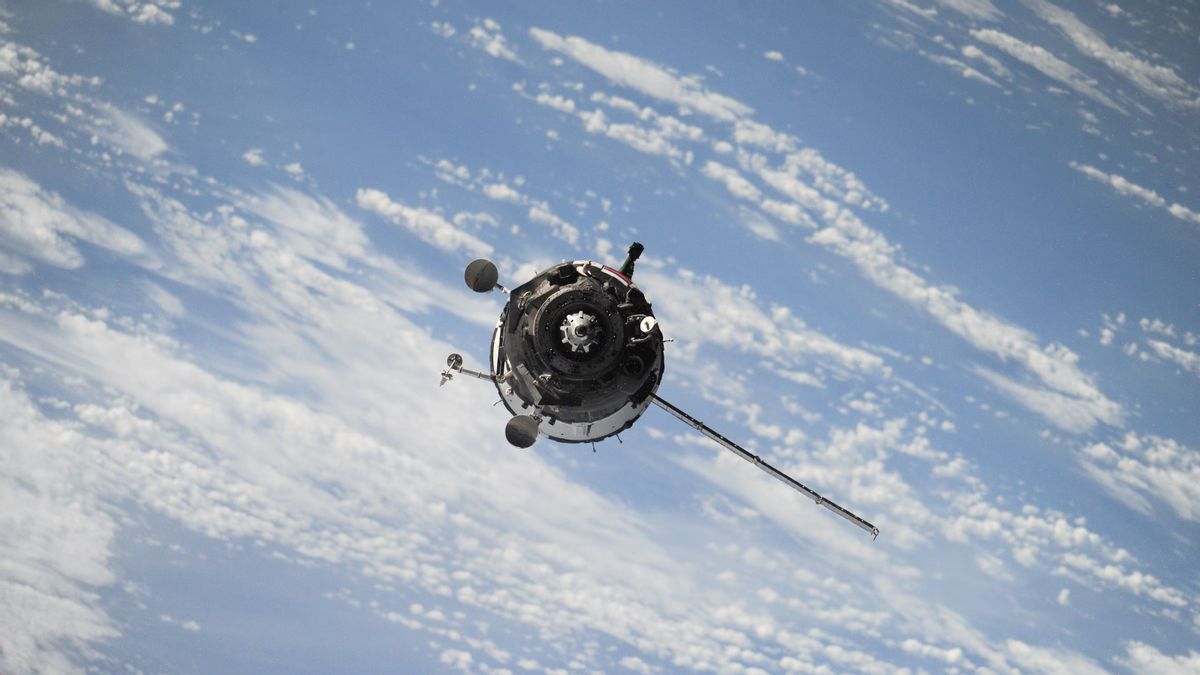JAKARTA - The Chinese government said it was continuing to monitor debris from the Long March 6A rocket that broke out in low-earth orbit last week.
"China has taken the necessary action and is closely monitoring relevant orbital areas and conducting data analysis. As a responsible country, China attaches great importance to space debris mitigation," Chinese Foreign Ministry spokesman Lin Jian said in a written statement in Beijing as reported by ANTARA, Thursday, August 15.
The United States Space Command (US Space Command) revealed that on August 6, 2024, China's latest Long March rocket had broken into 300 traceable parts in low-Earth orbit.
The rocket is used to carry 18 Qianfan satellites into predetermined orbits to provide wider communication services and can build a network of more than 15,000 low Earth orbit-wide-screen multimedia satellites (LEOs) in the long term.
"The rocket mission is for peaceful use of space in accordance with international law and universal practice," added Lin Jian.
In carrying out space activities, said Lin Jian, China has made an active effort to fulfill relevant international obligations and regulate its space activities.
"We have made rules to always take mitigation steps against space debris after satellites and carrier rockets complete their mission, to help protect the space environment and ensure long-term sustainability of activity in space," said Lin Jian.
The Long March 6A rocket, which was launched from the Taiyuan Satellite Launch Center on August 6, 2024, to deliver 18 G60 satellites into orbit, marks the first launch for the constellation Thatuls belonging to satellite technology group Shanghai Spacecom.
The giant satellite contestation is planned to cover 1,296 satellites and even expand its capacity to around 14,000 to rival SpaceX's Starlink satellite.
The US Space Command said there were no direct threats but continued to carry out regular assessments to support the safety and sustainability of the space domain.
SEE ALSO:
The number of tracked debris continues to change every hour. It was originally said that more than 50 debris were tracked by the Slingshot Aerospace Global Sensor Network but then US Space Command said it had tracked more than 300 copies.
It is believed that the rocket broke at an altitude of 503 miles (810 kilometers) above the earth's surface, and the debris poses a risk if it is below an altitude of 497 miles (800 kilometers).
The risk stems from the formation of debris clouds but experts have not been able to analyze them thoroughly.
Given the height of the site of the breakout, the debris from the Long March 6A rocket is likely to remain there for several years or even decades, but it is difficult to predict how long the debris remains in its present form.
The English, Chinese, Japanese, Arabic, and French versions are automatically generated by the AI. So there may still be inaccuracies in translating, please always see Indonesian as our main language. (system supported by DigitalSiber.id)


















